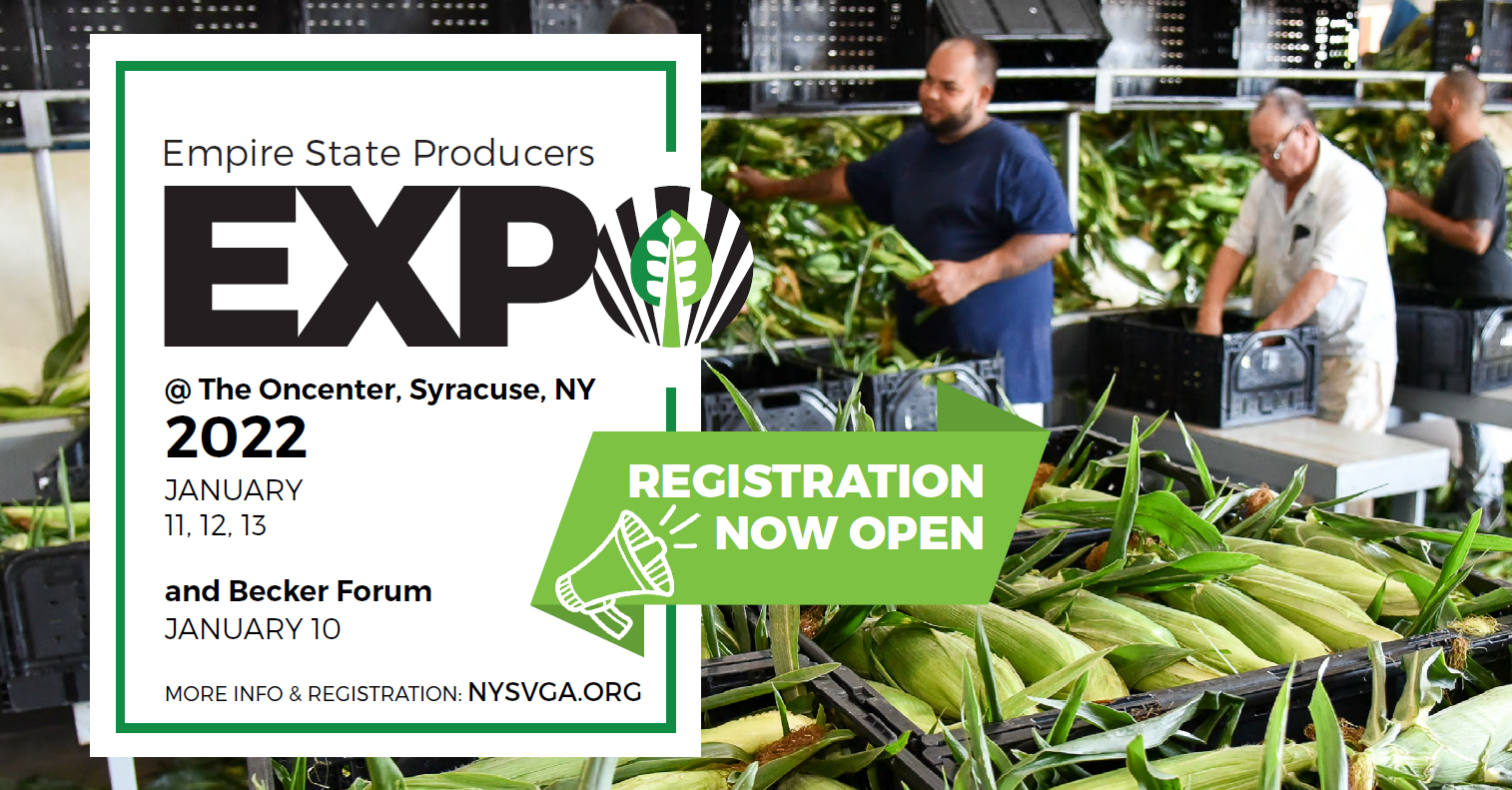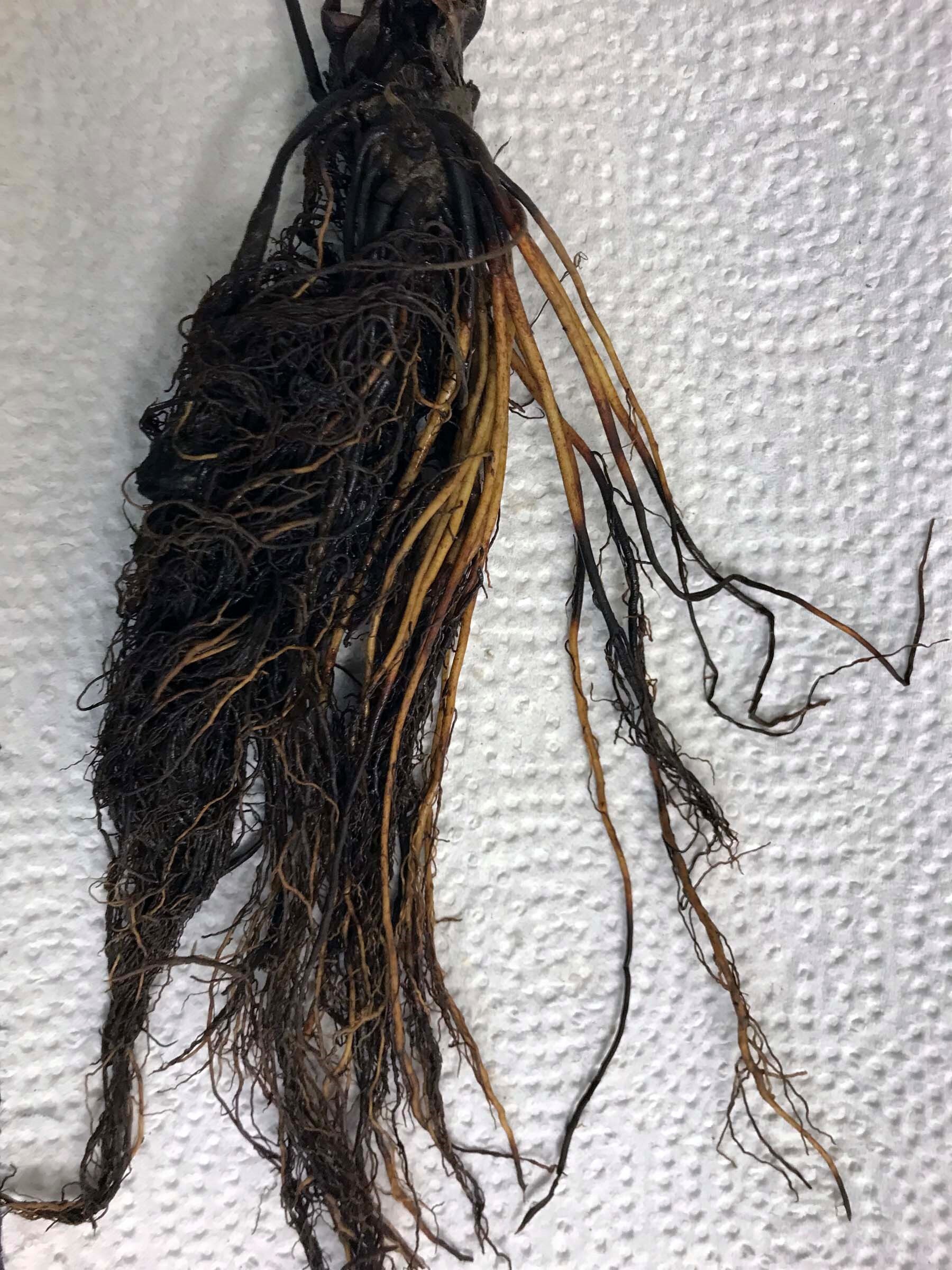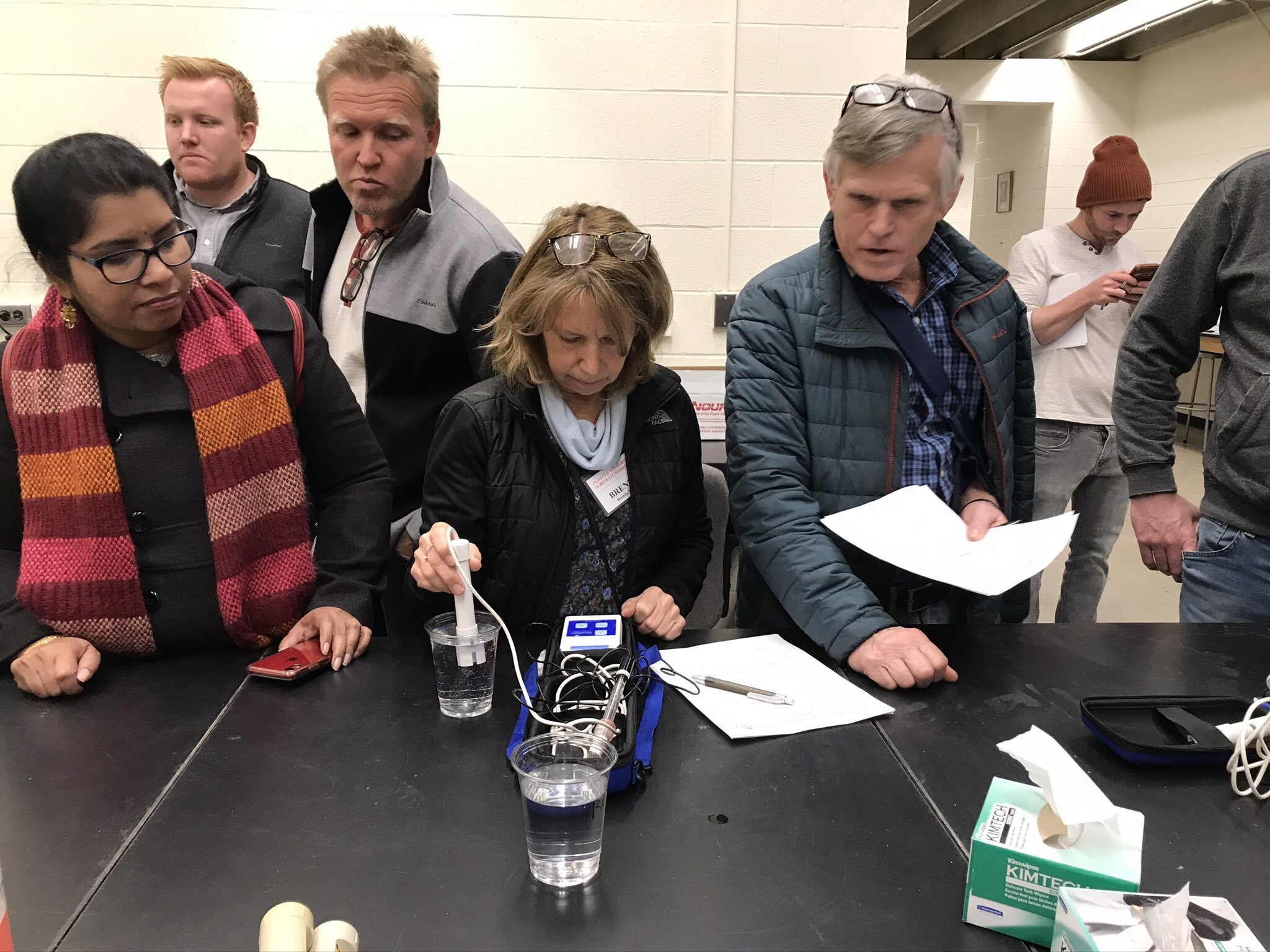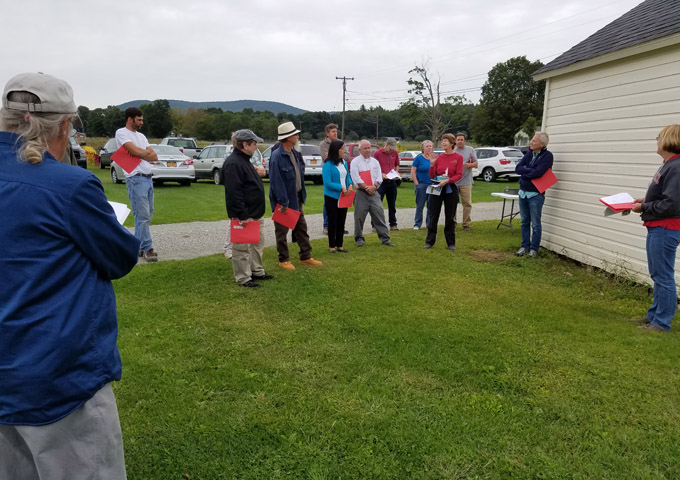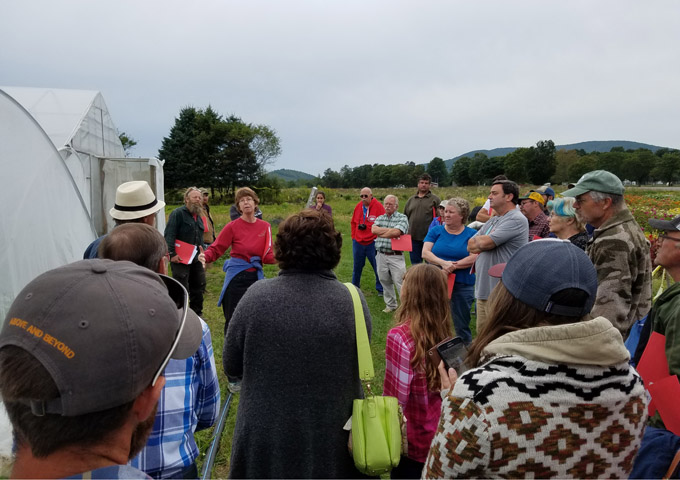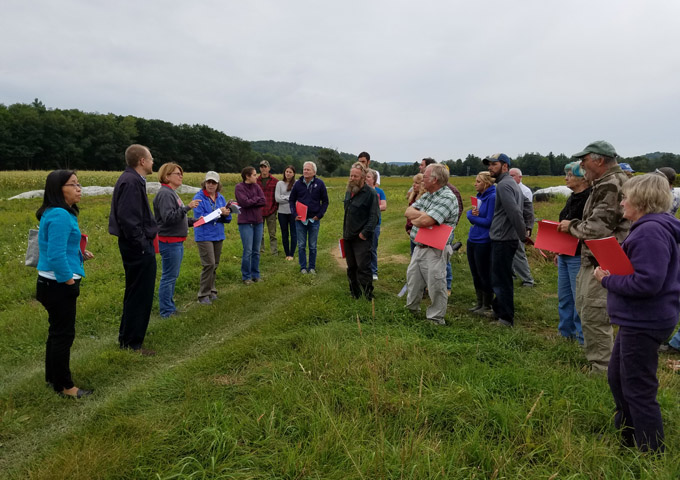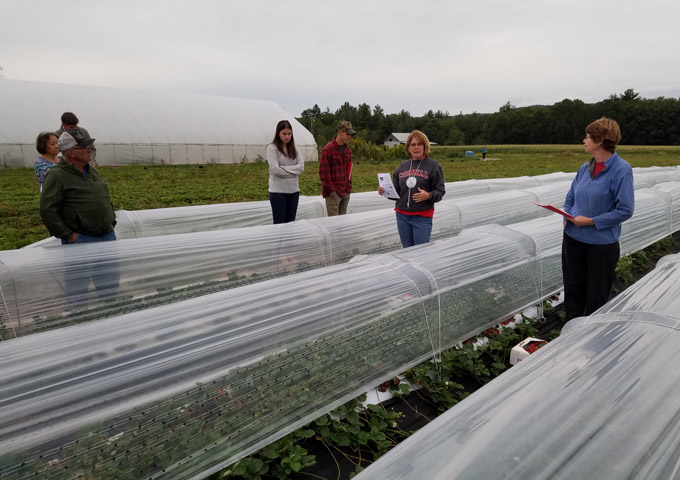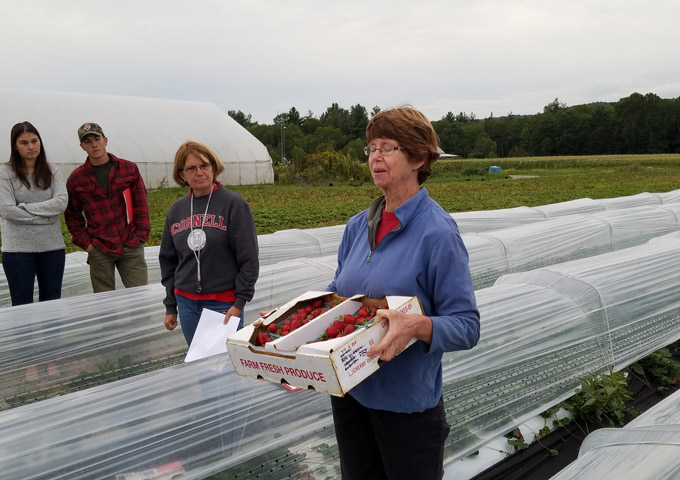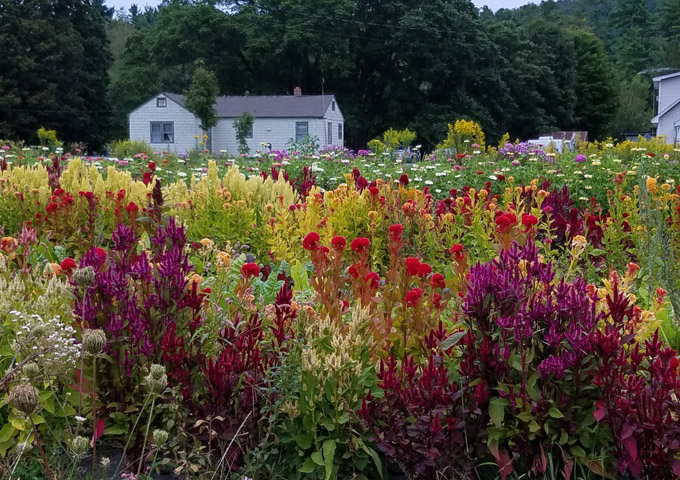The Cornell Cooperative Extension Pesticide Safety Education Program (CCE-PSEP), part of the New York State IPM program, is pleased to announce the availability of the 2024 Cornell Pest Management Guidelines for Berry Crops.
Written by Cornell University specialists, this publication is designed to offer producers, horticultural and chemical dealers, and crop consultants practical information on growing and managing berry crops in New York State. In addition to providing updated pesticide options for 2024, topics include general culture, nutrient management, harvesting and handling guidelines, spray application technology information, and ways to manage common berry crop pest concerns. A preview of the Berry Crops Guidelines can be seen online here.
Cornell Crop and Pest Management Guidelines are available as a print copy, online-only access, or a package combining print and online access. The print edition of the 2024 Berry Crop Guideline costs $35 plus shipping. Online-only access is $35. A combination of print and online access costs $49.00 plus shipping costs for the printed book.
Cornell Guidelines can be obtained through your local Cornell Cooperative Extension office or from the Cornell Store at Cornell University. To order from the Cornell Store, call (844) 688-7620 or order online here.





